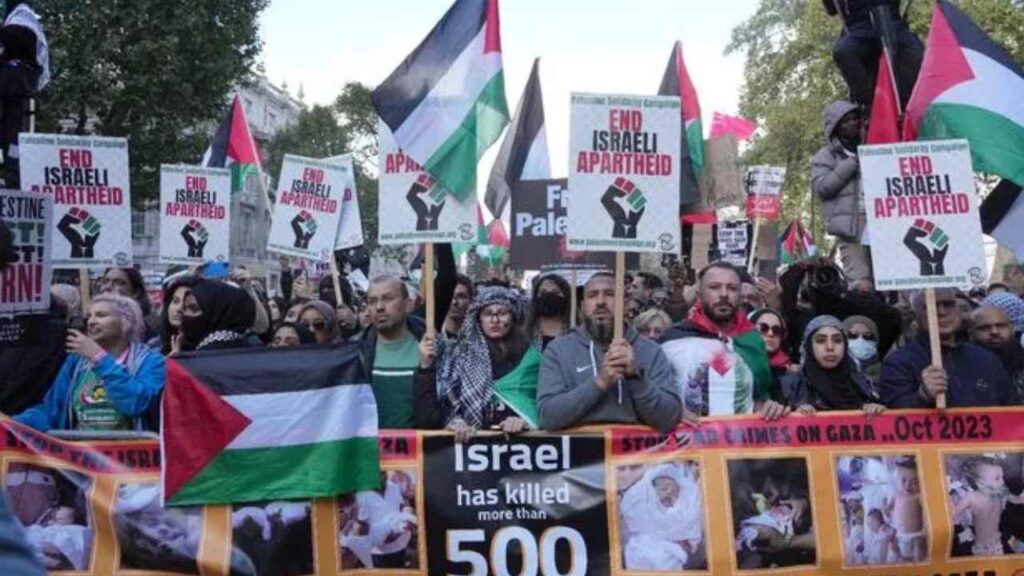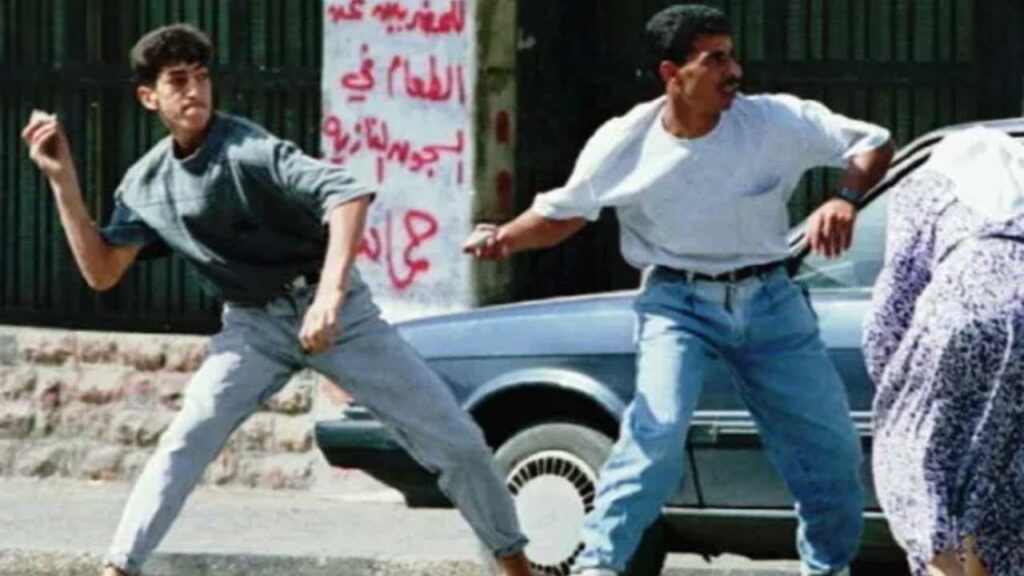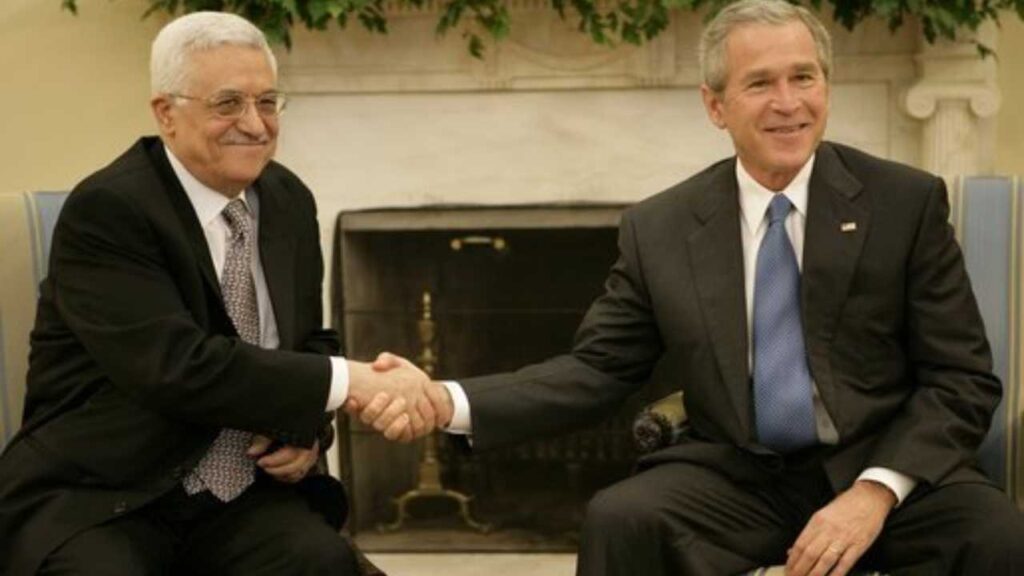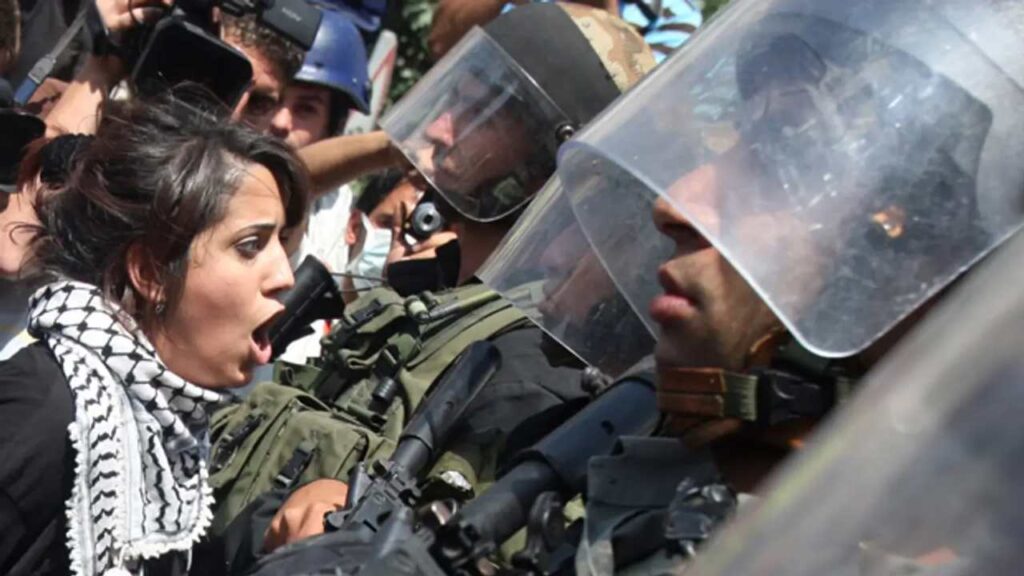Last week, senior national security officials from Saudi Arabia, Jordan, Egypt, and the Palestinian Authority (PA) gathered in Riyadh for a strategic meeting on the future of Gaza post-war. Hosted by Saudi Arabia’s national security adviser, Musaed bin Mohammed al-Aiban, the discussions included key figures from the Palestinian General Intelligence Service, Egypt, and Jordan. The focus was on installing the PA in Gaza after the conflict, a move opposed by Israeli Prime Minister Benjamin Netanyahu, who suggests Gaza’s occupation and the transfer of its inhabitants to Egypt’s Sinai Peninsula. The international community, led by the United States, advocates a two-state solution.
As international debates unfold, the legacy of the Oslo Accords, PA, Intifada and the challenges faced by the Palestinians in navigating through the shifting dynamics add layers of complexity to the uncertain future of the region.
1st Intifada and the 1993 Oslo Accords
The first intifada began on December 8, 1987, triggered by a crash that killed four Palestinians. Palestinians protested, throwing rocks, while Israelis responded with bullets and violence. The UN condemned Israel’s actions. The Intifada lasted almost six years, resulting in over 100 Israelis and more than 1,000 Palestinians being killed. It ended in 1993 with the Oslo Accords, where Israel accepted the PLO as the Palestinian representative. However, some groups, like Hamas, opposed the deal, believing it relinquished rights to land seized in 1948.

Three decades ago, the Oslo Accords marked a historic moment as Yitzhak Rabin, the former Prime Minister of Israel, and Yasser Arafat, the leader of the Palestine Liberation Organisation (PLO), came together to forge a path towards peace. The landmark agreement earned them the Nobel Peace Prize the following year, alongside Israeli Foreign Minister Shimon Press.
What was the accord about?
The Accords aimed at achieving Palestinian self-determination, acknowledging the claims for national sovereignty by Palestinians who remained in Gaza after the Nakba in 1948. However, the dream of lasting peace outlined in the Accords has yet to be realized, overshadowed by the ongoing conflicts and humanitarian crises in the Gaza Strip.
Two separate agreements were signed in September 1993 and September 1995, outlining the division of historic Palestine. The agreed-upon land allocation was 18% to Palestine, 22% as joint Israel-Palestine, and 60% under Israeli occupation. The phased withdrawal of the Israeli military from the territories it had occupied since 1967 was a crucial element, along with the establishment of the Palestinian Authority (PA) and the division of the West Bank into Areas A, B, and C.
Despite the intended five-year timeline for the completion of the accord, it faced strong opposition from right-wing Israelis who deemed the PLO a “terrorist organization.” This resistance culminated in the assassination of Prime Minister Rabin in 1995.
Hamas, concerned about the fate of Palestinian refugees, also opposed the accords. The late Palestinian activist Edward Said referred to the agreement as “an instrument of Palestinian surrender, a Palestine Versailles.”
Following Rabin’s assassination, leaders opposing the Accords, including Benjamin Netanyahu and Ariel Sharon, assumed power.
2nd Intifada and Palestinian Authority (PA)
The PA was established as a governing institution in 1993 under the interim peace agreements in Oslo to oversee civil affairs for Palestinians in the occupied Gaza Strip and parts of the West Bank. Functioning as an administrative body, the PA engaged in security coordination with Israel, effectively becoming an Israeli security contractor. This collaboration aimed to maintain a status quo beneficial to Israel while not addressing the core issues of the Palestinian people.
PA 1.0, led by Yasser Arafat, leveraged patronage and corruption to maintain support. Arafat viewed the Oslo process as a temporary measure, expecting a fully independent Palestinian state by 2000. However, in the face of escalating tensions, the second Intifada erupted in 2000, leading to the collapse of civil and security arrangements overseen by the PA.

How did the Revolution Emerge?
The second intifada, also known as the al-Aqsa intifada, started when Ariel Sharon, an Israeli leader, entered a sacred site in Jerusalem with armed forces in 2000. This angered Palestinians, who were already frustrated with the lack of progress in peace agreements. The Oslo Accords were supposed to lead to an independent Palestine by 1999, but instead, Israeli settlements expanded, doubling the number of settlers. Many Palestinians argue that Israel has exploited the Accords to justify the expansion of illegal settlements in the West Bank between 1993 and 2000.
The uprising began with non-violent demonstrations, met with excessive force by Israel. The use of force escalated quickly, and in the first five days, 47 Palestinians were killed. The media focused on Palestinian suicide bombings, but most of the Intifada was non-violent resistance, often overlooked.
In 2002, the US, under the Bush administration’s Roadmap for Peace, sought to refurbish the PA to address legitimacy issues. Mahmoud Abbas assumed the presidency in 2005, and subsequent efforts aimed to isolate Hamas, leading to a split between the Gaza Strip and the West Bank entities of the PA.

Under PA 2.0, restructuring included consolidating the security apparatus under a united command and placing the budget under the Ministry of Finance. Despite these efforts, the PA remained dysfunctional, mismanaging resources, engaging in corruption, and failing to improve living standards for Palestinians. In 2006, Hamas capitalised on the PA’s perceived corruption, winning elections and subsequently expelling the PA from Gaza.
During the years of the Intifada, 2000–2006, over 4,900 Palestinians were killed, including many children and women. Israel also demolished thousands of Palestinian homes. Palestinians attempted peace proposals, but Israel rejected them, and the violence continued.
Also Read: https://foej.in/children-of-war-the-ceaseless-turmoil-of-gaza/: Palestine Through Time: How Kind Has the History Been?Decline of PA among Palestinians
While internationally recognised, the influence of PA is diminishing on the ground. In Gaza, despite accusations of corruption, Hamas maintains power. The decline in PA’s popularity stems from a financial crisis, the war on Gaza, and suppressing critical voices. Calls for President Abbas to step down have increased, fueled by protests and disappointment in the PA’s handling of relations with Israel.
Critics argue the PA operates as a subcontractor for Israeli interests, engaging in security coordination under the Oslo Accords. This includes thwarting Palestinian resistance and aiding arrests, viewed strategically by Israel for stability.

Besides, the proposed PA lacks concrete plans and neglects Palestinian aspirations, risking continued unrest and resistance. PA President Mahmoud Abbas underscores the need for a comprehensive political solution, emphasising international efforts. The region’s future remains uncertain amidst governance debates and Israel’s security control.
While Saudi Arabia aims to normalize relations with Israel, linking it to progress towards a Palestinian state, the international community, led by the United States, advocates a two-state solution. In recent years, the US and allies vision has failed to address the core issues of occupation and apartheid, potentially compromising Palestinian rights and perpetuating conflict.

ICJ Ruling: How have diplomatic talks helped in the recent past?
On the other hand, Hamas strongly condemned the conference, accusing Israel of defying international law, as nothing seems to work in favour of the people of Palestine when it comes to diplomatic talks.
Recently, this has been witnessed after the recent ICJ rulings. The Euro-Mediterranean Human Rights Monitor reported increased casualties in Gaza, with 373 Palestinians killed in the 48 hours following ICJ rulings. Israeli raids in various Palestinian cities have resulted in casualties, beatings, and assaults on civilians.
Also Read: https://foej.in/continued-killings-and-raids-is-israel-disregarding-the-icj/: Palestine Through Time: How Kind Has the History Been?Moreover, the funding freeze by nine Western countries, including the US, on UNRWA due to allegations of staff involvement in attacks has raised concerns. UNRWA, recently recognised for the Noble Peace Prize, supports 6 million Palestinians, providing essential services. The freeze is being criticised by Palestinian officials and Hamas, while UN Secretary-General Antonio Guterres has pledged an urgent review.
Hospitals, including Al Amal Hospital, face challenges amid military sieges, evacuations, and burial difficulties. The situation remains complex and requires international attention and efforts for a resolution. Since October 7, the toll on lives has been devastating, with 27,365 people killed and 66,630 wounded in Gaza, and 1,139 reported deaths on the Israeli side.









